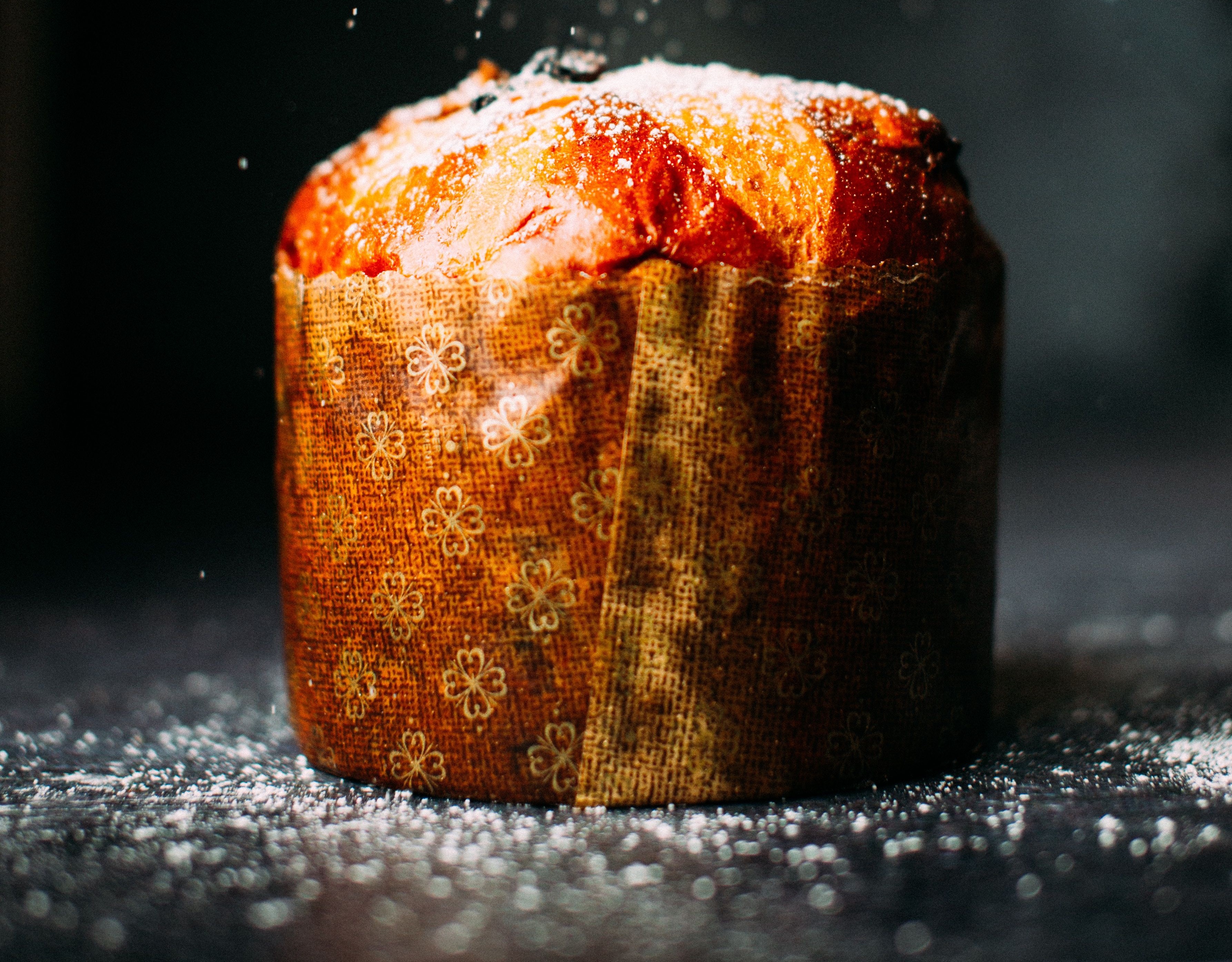Love actually (is Italian food)
I’ve asked a few Italian students what Christmas means to them. Their response can definitely be summed up in “food and family”. “Italian Christmas is finding joy in quotidian things; it’s being reunited with my cousins,” said a girl from Rome. “It’s playing tombola with my grandad” answered a Law student from Sicily. “Christmas is my mum and nan together preparing tortellini on Christmas Eve,” said a boy from Venice.
Even though Italian Christmas traditions and meals are extremely different from North to South, it is common for all Italian grandmas, from Milan to Palermo, to spend between two and three days preparing food for the whole family. This includes tagliatelle, ravioli, roast beef, roast potatoes and panettone.
Italian Christmas is finding joy in quotidian things
Once you sit at the table for lunch on Christmas Day, there are no excuses: you have to eat it all. It doesn’t matter if you prefer lasagne to cappelletti, you must eat them both. On December 24, it is common to eat fish, mostly baked salmon or sole, due to the Christian tradition of eating fish the day before Christmas and Easter. For example, in Naples, they eat capitone, a female eel, which, according to the tradition, was a symbol of victory against the devil. In Veneto, polenta is served with salted codfish on Christmas Eve.
On December 25, lunch is often composed of appetizers – local cheese with homemade marmalade, bruschetta, prosciutto, salami –, two or three first courses, at least two second courses, uncountable desserts and huge plates of fruit.
In Naples they eat capitone, a symbol of victory against the devil
Tortellini is probably the most appreciated Christmas main course in the North and Centre of Italy, served with beef consommé. It is a particular kind of ring-shaped stuffed pasta, made from durum wheat and eggs. Even nowadays, it is not unusual for Italians to learn how to make tortellini from scratch.
For those who are actually capable of doing so, it represents a rare source of pride and merit. It’s amazing how fast their experienced hands move, mixing flour and eggs to make the dough.
Tortellini is probably the most appreciated Christmas main course in the North and Centre of Italy
They then stretch it on a wooden table with a rolling pin, until it reaches the right thickness. For a beginner, it is extremely difficult to learn, but you are rewarded when you see, and taste, the final product.
Eating handmade tortellini on Christmas Day feels like tasting proper tradition, often accompanied by a glass of red wine. In Sardinia, the alternative to tortellini is called ‘Culurgiones de Casu’ – delicious stuffed pasta served with a classic tomato sauce.
As a dessert, you can choose between pandoro or panettone. The first – the name can be translated into English as “golden bread” – is a sweet bread made with egg yolks, icing sugar sprinkled on top of it, like white snowflakes.
Panettone has a stronger taste, baked with raisins and candied fruit. Both pandoro and panettone are often served with hot custard, made out of eggs and milk. The choice between the two is not always simple and it’s likely to cause family feuds.
Italians who prefer panettone think that pandoro doesn’t have much flavour, and those who prefer pandoro often find candied fruit unpleasant. If you like them both, then Christmas can be even sweeter.
The choice between the two is not always simple and it’s likely to cause family feuds
In Italy, Christmas is a unique occasion to taste different festive food from all over the peninsula: the only rule is to share all these great delicacies with the people we love.

Comments (1)
I am looking for a jar of Sicilian lemon or mandarin cream.
It is enclosed with Fratelli Motta Panettone.
Is there a shop I can buy it? order it?